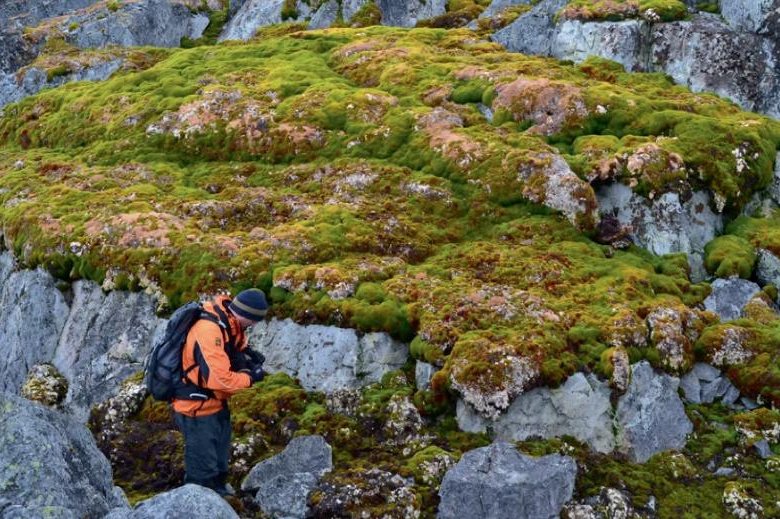
The Antarctic is rapidly greening due to climate change global warming, according to a new study Friday from the British Antarctic Survey and the universities of Exeter and Hertfordshire.
“Antarctica has experienced significant increases in temperature over the past 60 years,” the study said. “With rates of warming highest in the West Antarctic and Antarctic Peninsula regions and occurring much faster than global average warming.”
The study, published in Nature Geoscience, said the Antarctic greening trend accelerated by over 30% from 2016-2021 relative to the full study period of 1986-2021.
Greening grew by more than 478,396 square yards per year.
Dr. Thomas Roland of the University of Exeter said “even this vast and isolated ‘wilderness’ is being affected by anthropogenic climate change.”
More than 90% of Antarctic Peninsula glaciers have been losing mass since the 1940s.
“Crucially, the rate of change in vegetation cover has increased considerably in recent years relative to the full study period and previous windows of analysis,” the study said.
The study said the accelerated Antarctica greening from 2016-2021 “coincides with a marked decrease in sea-ice extent in Antarctica over the same period.”
The study said that moss has a central role in converting bare rock surfaces to vegetated ground. So it’s critical to understand the rate, nature and controls on changes in moss-dominated systems.
It said understanding that is “critical to addressing the question of whether an Antarctic ‘greening’ — in line with global trends and comparable to ongoing but complex trends observed in the Arctic — is now underway and will presage a radical future shift in the terrestrial biology of this iconic region.”
Scientists said their work in Friday’s new study provides a remote-sensing baseline that can be used to track the extent and nature of Antarctic greening over time.










